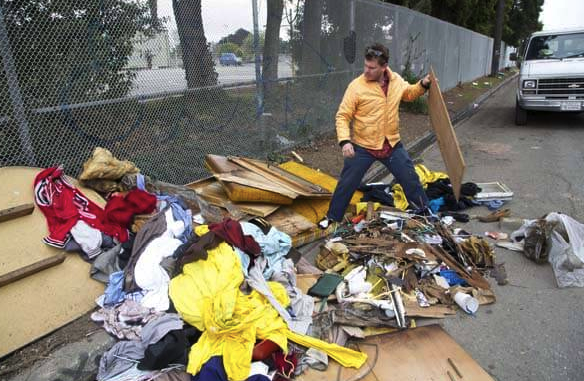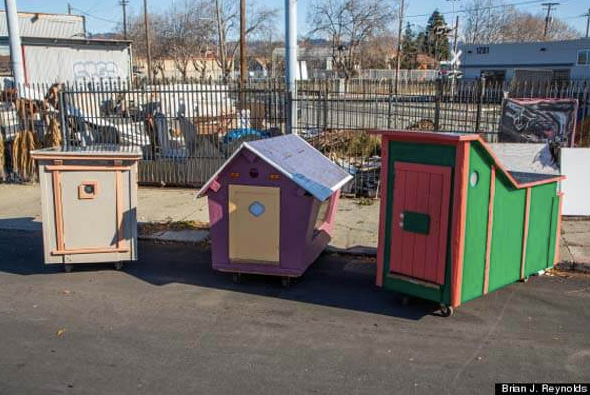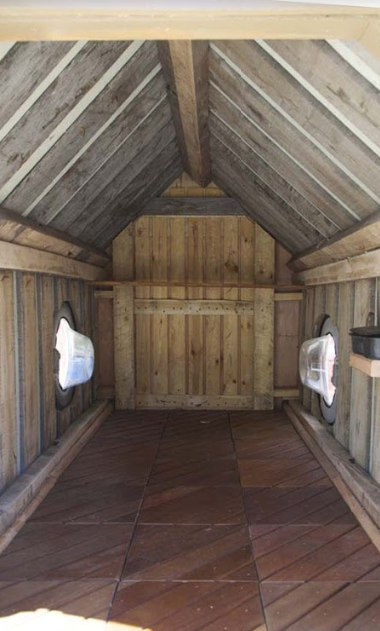Upcycled Homes for the Homeless
Homes for the homeless. There’s something slightly wrong about that sentence, right? But just because you don’t have a permanent dwelling, with walls, a roof, plumbing and electricity doesn’t mean that you can’t have a home. That’s where Gregory Khloen comes in, an artist who goes dumpster diving for a living.
He uses the materials he finds not to create sculptures or works of art for rich folk – no, he uses them to help the homeless population of California. His source of material comes from illegally dumped rubbish. He quite simply goes dumpster diving for it – looking for things like wooden panels, doors, fabrics and even lovely finishing touches to build small, one bedroom shelters for the homeless. The result might not be a permanent address, but it’s a roof, somewhere warm, somewhere cosy and something that they can call their own.
Gregory used to focus on creating sculptures – some of which were actually very similar to the homes that he now creates for the homeless. He actually just got a bit bored of peddling sculptures and so turned his focus towards his new project – and he knows that every single one of his homes gets used. They’re not just lying around in someone’s house: they’re doing good.
He actually got into helping the homeless when a man came by his studio asking for a tarp. All he had was a wooden frame with a built in water tank, kitchen, and a little space for human waste. And he realised that this was something he could use for a home – something that people could live in, and that they could find comfort in.

The homes aren’t just shanties, either. They’re structurally sound – as you can see from this photo, they’re built using fairly traditional methods, with solid foundations, solid walls and load-bearing roofs. Often, the vast majority of the materials used are simply discarded wooden pallets – they’re usually quite difficult to use as they have to be stripped down but they make perfect walls and floors. His project has been garnering quite a bit of attention, too – from the media, as well as the people that he helps. The so-called “little homeless homes” take up as much floor space as a sofa. They resemble birdhouses in a funny way and Gregory makes them as attractive and aesthetically pleasing as he can. Yep, they might not be big, and they might not be permanent, but to someone living on the streets – and someone who might be used to sleeping out in the open, with nothing to call their own, it means the world.

Each of the houses is built with a pitched roof, which means that rain runs right off them – no need for anyone to worry about flooding or leaking. Not only that, but they have wheels, too, which means that their owners can just move them around as and when, or if they need to move.

One of the women that Gregory helped is called Wonder. Her little home is the “best she’s had in five years” – with windows made from washing machine doors.
He can’t build homes for all of the homeless folk in Cali, but with a bit of imagination – and a few washing machines – he won’t stop building anytime soon.

